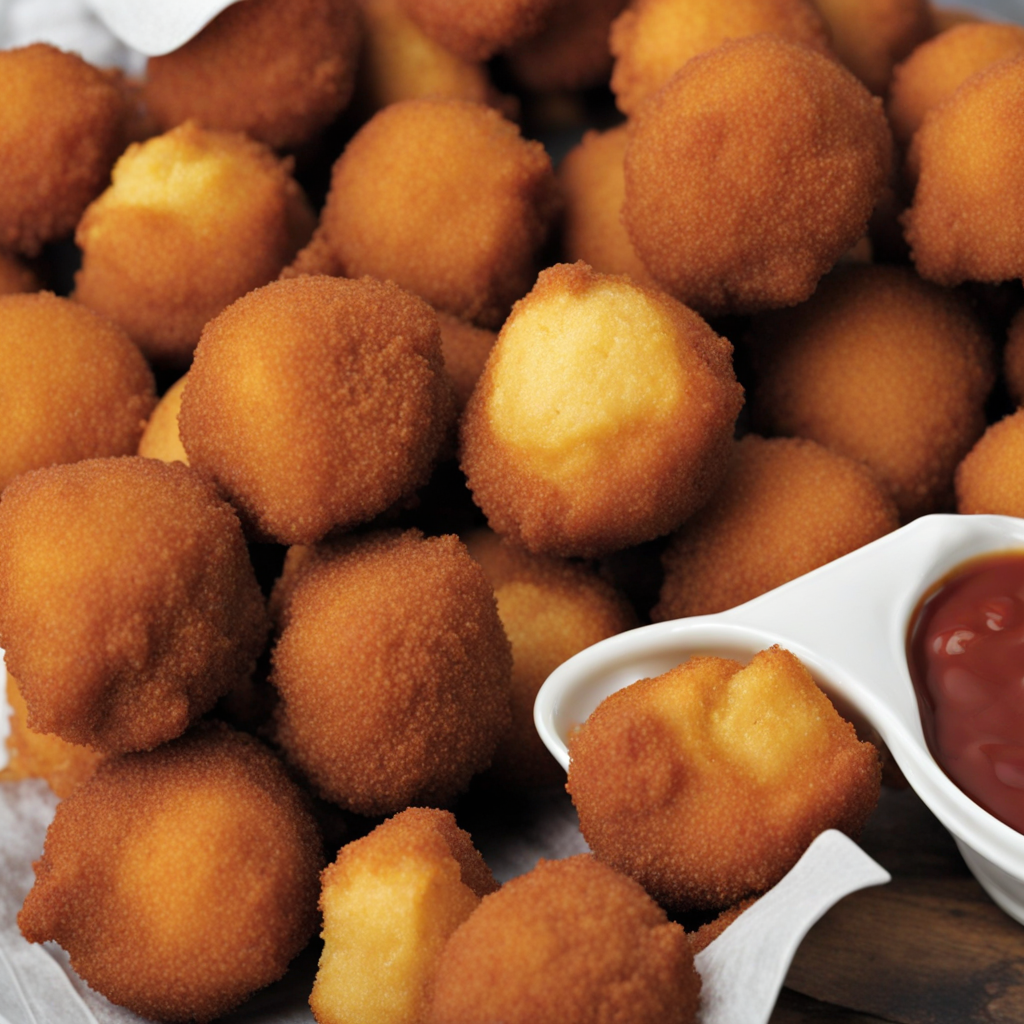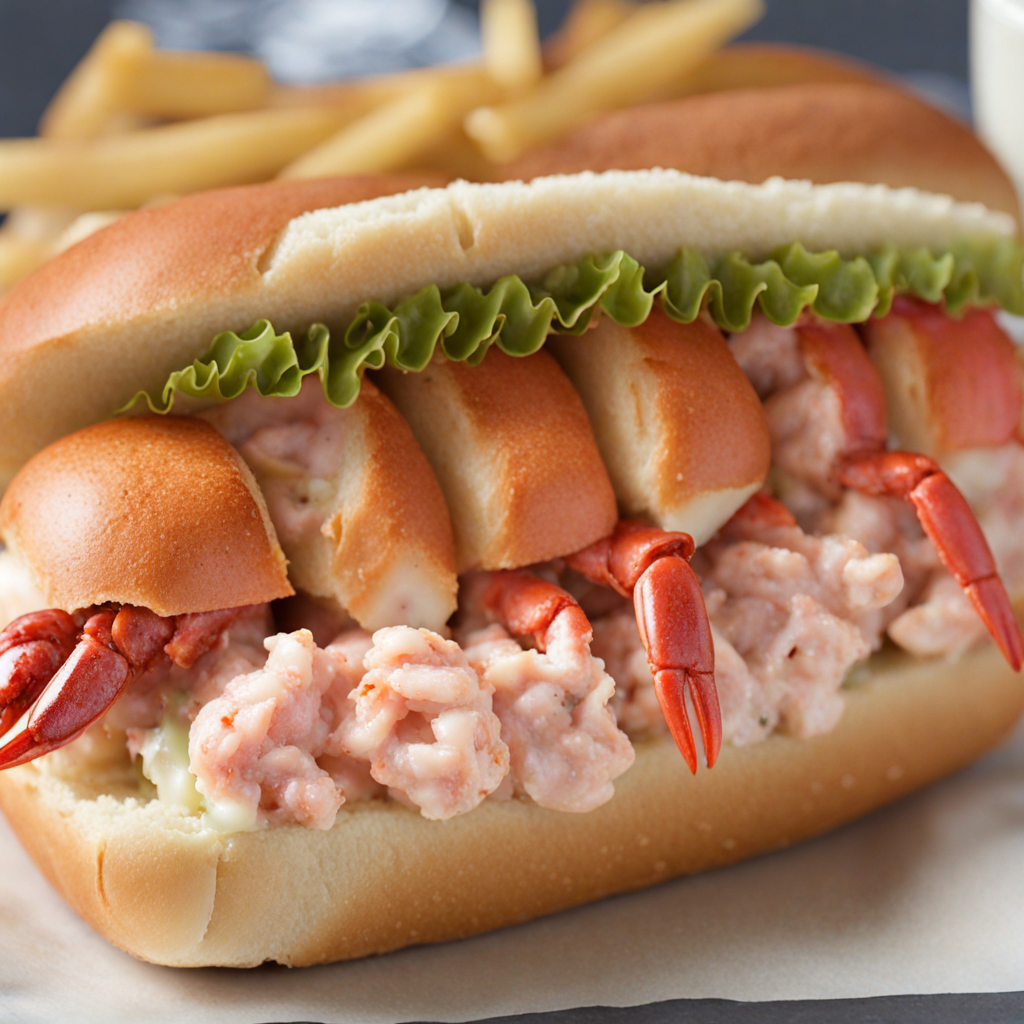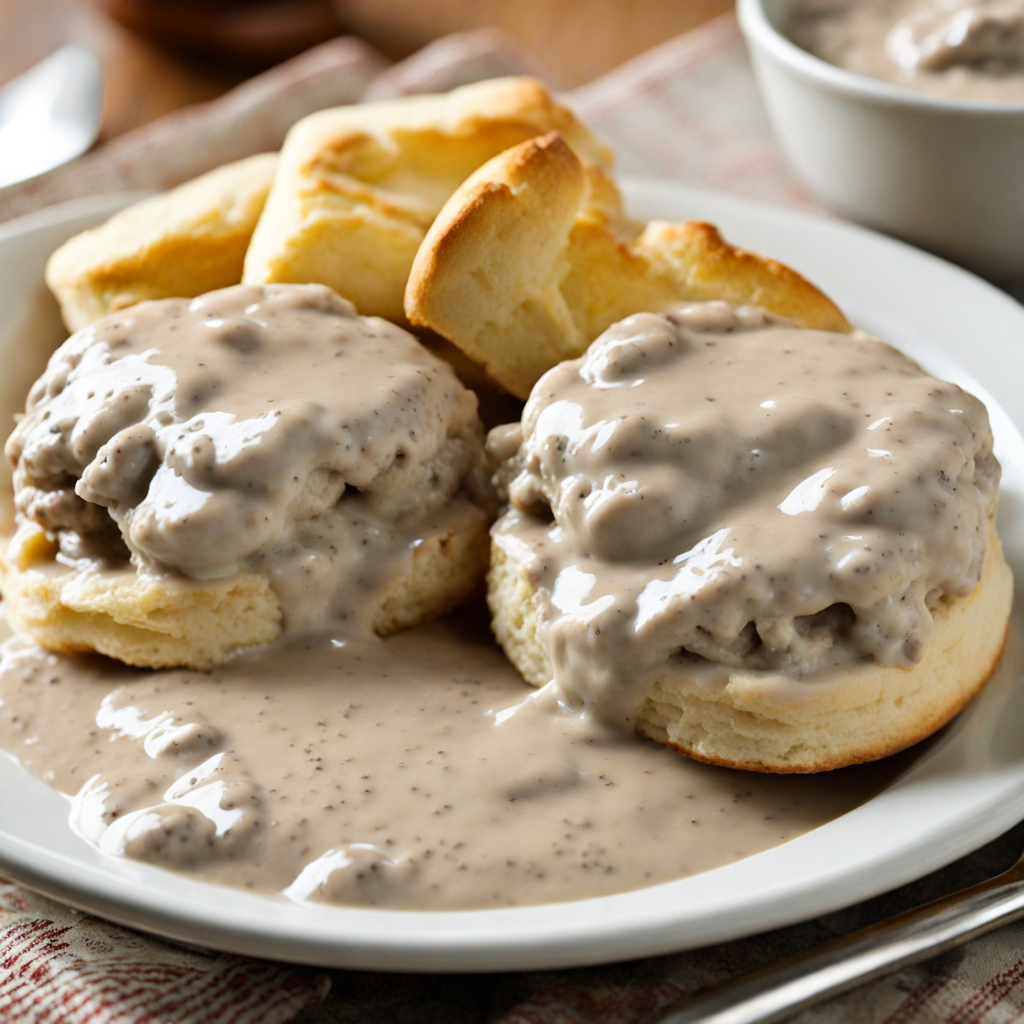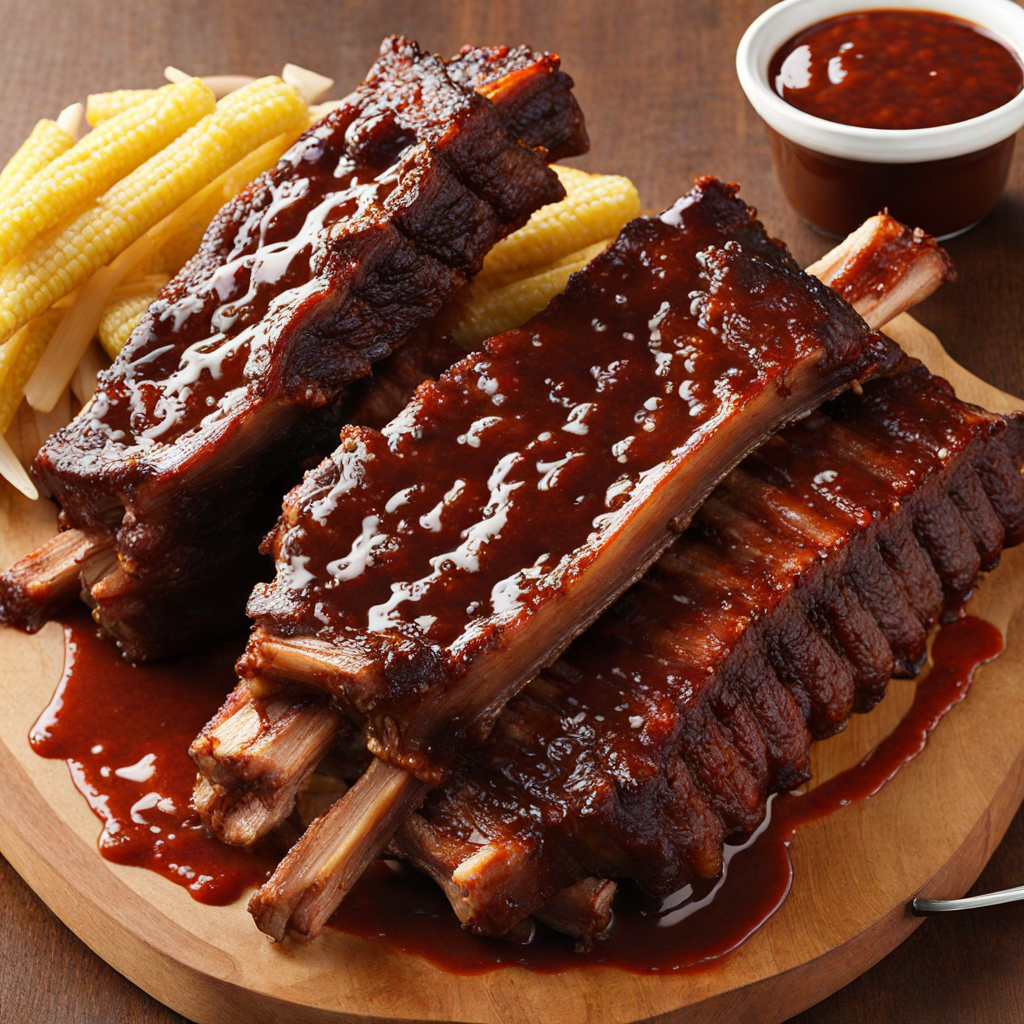S'mores
S'mores are a classic American treat that perfectly encapsulate the essence of campfire gatherings and nostalgic summer nights. This delightful dessert consists of three main components: a toasted marshmallow, a layer of smooth chocolate, and two graham crackers. The combination of these ingredients creates a harmonious balance of textures and flavors, where the gooey sweetness of the marshmallow contrasts beautifully with the rich, melting chocolate and the crispness of the graham crackers. The experience of making S'mores is just as enjoyable as eating them, as you roast marshmallows over an open flame, watching them turn golden brown and develop a caramelized exterior. The flavor profile of S'mores is a delightful mix of sweet and slightly savory notes. The graham crackers provide a subtle honey flavor and a crunchy texture, while the chocolate adds a luscious sweetness that complements the marshmallow's sugary fluffiness. As you bite into a S'more, the warm, melted chocolate mingles with the gooey marshmallow, creating a rich, indulgent experience that is both satisfying and comforting. Each bite evokes memories of summer campfires and laughter, making S'mores not just a treat but a cherished tradition. While the traditional S'mores recipe is beloved, the beauty of this dessert lies in its versatility. Food enthusiasts have experimented with various chocolate types, from dark chocolate to flavored varieties, and even added fruits or peanut butter for unique twists. Some even opt for alternative ingredients like gluten-free crackers or vegan marshmallows, making S'mores accessible to a wider audience. Whether enjoyed in their classic form or with a creative spin, S'mores are a delicious way to explore the joys of American dessert culture, providing a taste of nostalgia and a sense of adventure.
How It Became This Dish
The Sweet History of S'mores: A Culinary Icon of American Campfire Culture Origins of S'mores The beloved treat known as s'mores—a combination of toasted marshmallows, chocolate, and graham crackers—has a rich and somewhat unclear history rooted in American campfire culture. The earliest published recipe for s'mores appears in a 1927 recipe book titled *Tramping and Trailing with the Girl Scouts*, which included a recipe called “Some Mores.” This title was a nod to the insatiable desire for more of these gooey delights, aptly linking the treat to the great outdoors and the spirit of adventure. However, the origins of the s'more likely predate this publication. The concept of toasting marshmallows over an open fire can be traced back to Native American traditions, where they would roast the sweet sap of the sapodilla tree, a precursor to modern marshmallows. With the rise of commercially produced marshmallows in the late 19th century, the idea of roasting these sweet confections on sticks became a popular pastime. The graham cracker, another key ingredient in the s'more, originates from the health food movement of the early 19th century. Sylvester Graham, a Presbyterian minister, advocated for a vegetarian diet and promoted the consumption of whole grains. He developed a recipe for a cracker made from unrefined wheat flour, which was later sweetened and became known as the graham cracker we know today. Cultural Significance S'mores are more than just a treat; they symbolize the quintessential American experience of camping and outdoor gatherings. Often associated with childhood memories of summer camps and family outings, s'mores evoke a sense of nostalgia and community. The act of gathering around a campfire, sharing stories, and roasting marshmallows is a ritual that transcends generations. S'mores also embody the spirit of American innovation and resourcefulness. The ingredients are simple and accessible, making them a beloved treat across diverse socioeconomic backgrounds. The combination of warm, melty marshmallows and rich chocolate, sandwiched between the slightly crunchy graham crackers, creates a symphony of textures and flavors that resonates with people of all ages. The treat's popularity soared in the mid-20th century, coinciding with the post-World War II camping boom in the United States. The establishment of national parks and the promotion of outdoor recreation made camping a popular family activity. As families took to the great outdoors, s'mores became a staple of camping experiences, solidifying their place in American culture. Development Over Time As s'mores gained popularity, they underwent various adaptations and innovations. While the classic combination of marshmallow, chocolate, and graham cracker remains the gold standard, creative variations have emerged over the years. The introduction of flavored marshmallows, such as chocolate or strawberry, and the use of gourmet chocolates, artisanal graham crackers, or even cookies in place of graham crackers have expanded the possibilities for s'mores. In the late 20th century, with the advent of home fire pits and backyard camping, s'mores transitioned from purely a camping treat to a year-round indulgence. Restaurants and cafes began to feature s'mores-inspired desserts on their menus, offering s'mores-flavored ice creams, cheesecakes, and even cocktails. The treat’s versatility and ability to evoke a sense of nostalgia made it an attractive option for both casual and upscale dining experiences. The rise of social media in the 21st century has also played a significant role in the s'mores phenomenon. Instagram and Pinterest have fueled creativity, as people showcase their unique takes on the classic treat. From s'mores dip to s'mores-flavored popcorn, the treat has inspired a plethora of recipes that cater to contemporary tastes and dietary preferences, including vegan and gluten-free versions. In recent years, the s'mores experience has been elevated to new heights with the introduction of gourmet s'mores kits, featuring high-quality ingredients and artisanal touches. Some companies now offer kits that include exotic chocolate varieties, flavored marshmallows, and even unique graham cracker options like chocolate-dipped or cinnamon-infused. These kits cater to a growing market of food enthusiasts eager to recreate the campfire experience at home. S'mores in Popular Culture The s'more's cultural significance extends beyond the kitchen; it has found its way into popular culture, appearing in films, television shows, and literature. The treat is often depicted as a symbol of childhood innocence and summer fun, reinforcing its status as a beloved American tradition. Many family movies feature characters cooking s'mores around a campfire, further embedding the treat in the collective memory of American culture. Moreover, s'mores have been embraced by various communities and organizations. National S'mores Day, celebrated on August 10th, is a testament to the treat's popularity, with various events and promotions centered around it. Additionally, the Girl Scouts of the USA have continued to promote the s'mores tradition by incorporating it into their camping programs, allowing new generations to experience the joy of constructing and devouring this delightful treat. Conclusion S'mores are more than just a delicious combination of ingredients; they represent an enduring aspect of American culture, encapsulating the joys of outdoor living, childhood memories, and communal experiences. From their humble beginnings as a campfire treat to their evolution into a gourmet sensation, s'mores have adapted to the changing tastes and preferences of society while retaining their essential charm. As we gather around campfires or backyard fire pits, toasting marshmallows and crafting our own s'mores, we participate in a tradition that connects us to the past and to one another. The simple act of sharing this treat fosters a sense of belonging, reminding us of the importance of community, family, and the sweet moments in life. Whether enjoyed in the great outdoors or recreated in the comfort of our homes, s'mores will continue to hold a special place in the hearts—and stomachs—of many for years to come.
You may like
Discover local flavors from United States







